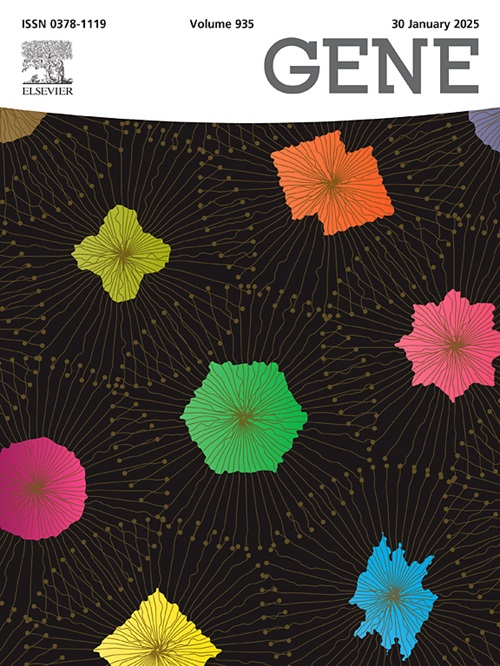Molecular mechanisms of gene expression regulation in Mycoplasma spp.: insights into virulence-related genes
IF 2.4
3区 生物学
Q2 GENETICS & HEREDITY
引用次数: 0
Abstract
Mycoplasma spp. are genome-reduced bacteria, many of which are pathogenic for humans and livestock. The mechanisms driving host colonization and pathogenicity for mycoplasmas remain only partially understood. These processes are influenced by both genomic factors, such as variations in gene content and organization, and regulatory mechanisms that control the expression of virulence-related genes. This review provides a comprehensive survey of the molecular mechanisms governing gene expression regulation in mycoplasmas, with particular interest on virulence-related genes. Mycoplasmas have undergone reductive and convergent evolutionary processes, which have shaped the distribution of virulence-related genes and the variability in their regulatory sequences, leading to species-specific pathogenic strategies. At the transcriptional level, only a small fraction of genes is regulated by transcription factor binding, suggesting that mycoplasmas rely on alternative regulatory mechanisms, such as supercoiling and chromosome topology. Additionally, gene expression in mycoplasma is regulated at the post-transcriptional level, as evidenced by comparative transcriptomics and proteomics studies. Despite recent advances, significant gaps remain in understanding the specific mechanisms of virulence gene regulation, particularly at the post-transcriptional level. This review highlights the need for further research into the complex interplay between genomic organization and regulatory mechanisms underlying mycoplasma pathogenicity, providing a foundation for future studies.
支原体基因表达调控的分子机制:对毒力相关基因的认识。
支原体是基因组减少的细菌,其中许多对人类和牲畜具有致病性。驱动宿主定植和致病性支原体的机制仍然只是部分了解。这些过程受到基因组因素的影响,如基因含量和组织的变化,以及控制毒力相关基因表达的调控机制。本文综述了支原体中基因表达调控的分子机制,特别是对毒力相关基因的研究。支原体经历了减少和趋同的进化过程,这形成了毒力相关基因的分布及其调控序列的可变性,导致了物种特异性的致病策略。在转录水平上,只有一小部分基因受到转录因子结合的调节,这表明支原体依赖于其他调节机制,如超卷绕和染色体拓扑结构。此外,如转录组学和蛋白质组学的比较研究所证明的,支原体中的基因表达在转录后水平受到调节。尽管最近取得了进展,但在理解毒力基因调控的具体机制方面,特别是在转录后水平上,仍存在重大差距。本综述强调需要进一步研究基因组组织与支原体致病性调控机制之间的复杂相互作用,为今后的研究奠定基础。
本文章由计算机程序翻译,如有差异,请以英文原文为准。
求助全文
约1分钟内获得全文
求助全文
来源期刊

Gene
生物-遗传学
CiteScore
6.10
自引率
2.90%
发文量
718
审稿时长
42 days
期刊介绍:
Gene publishes papers that focus on the regulation, expression, function and evolution of genes in all biological contexts, including all prokaryotic and eukaryotic organisms, as well as viruses.
 求助内容:
求助内容: 应助结果提醒方式:
应助结果提醒方式:


